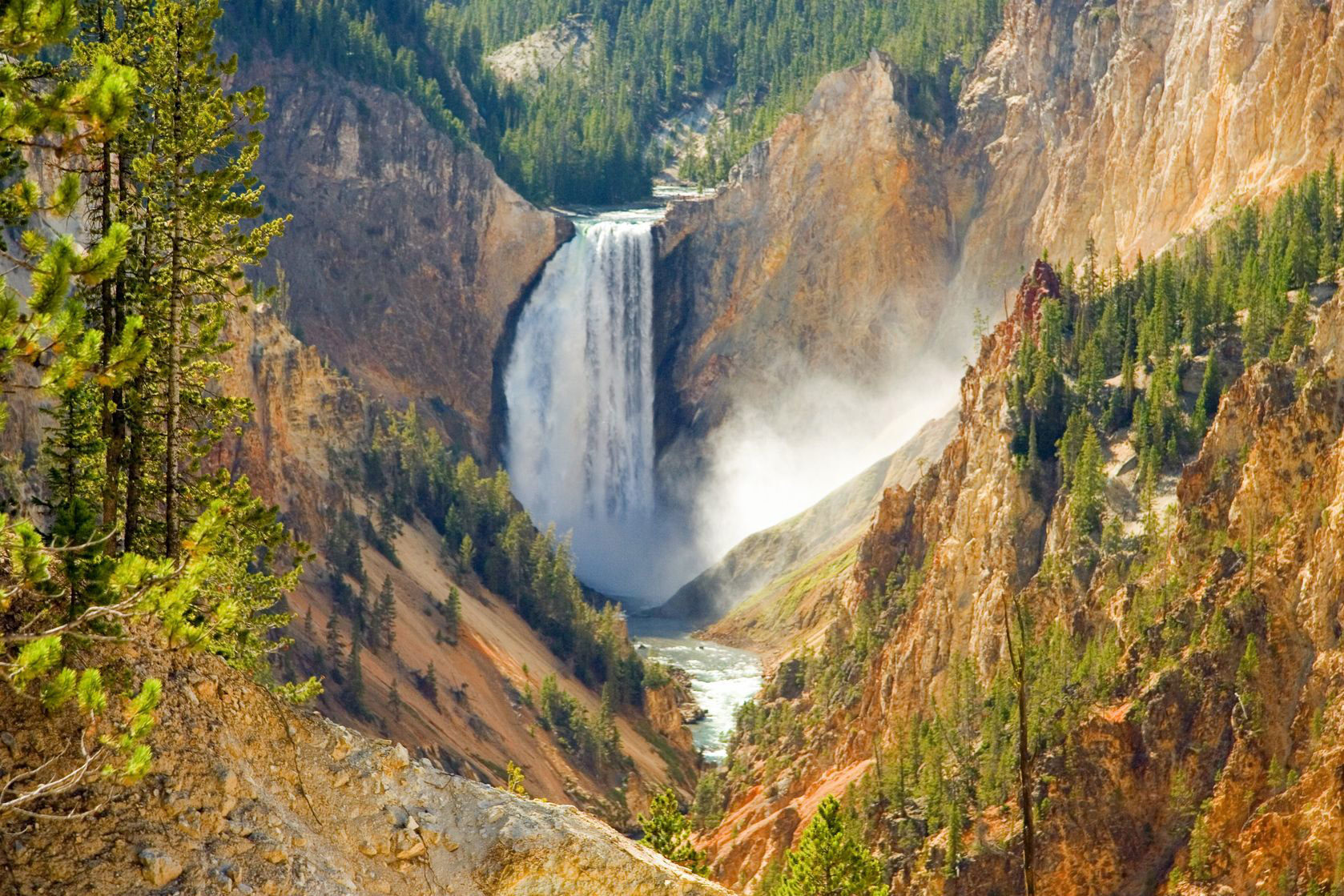The balance of nature theory, that nature without the influence of human beings is in harmony, is a myth. But in the wake of environmental disaster, it can be especially compelling. Case in point: the 1969 Santa Barbara, California oil spill, which saw images of oil-coated seabirds and poisoned seals and dolphins splattered on American television. The urge to do something to prevent similar catastrophes sparked unprecedented participation at the grassroots level, and a year later, on April 22, 1970, 20 million Americans celebrated the first Earth Day, marking the birth of the modern environmental movement. Soon thereafter, Congress codified the movement by passing the Clean Water Act (1972), the Clean Air Act (1973), and the Endangered Species Act (1973).
In nearly fifty years since that first Earth Day, U.S. environmental policy has been built on the assumption that nature returns to a state of harmony and balance when humans leave it undisturbed. But for all its appeal, the balance of nature theory is supported by neither historical nor ecological evidence, and most ecologists have not subscribed to it for decades.
There is no reason to believe that the Earth would be desolate in our absence, but that surely does not mean that Earth would be better off without us. Though it is commonly assumed that human beings are distinct from nature, the reality is that Homo sapiens is the result of the same natural selection process that resulted in everything else that we call nature. Far from being separate from nature, we are part of it.
If true, the balance of nature theory would indicate that the healthiest ecosystems are those that, undisturbed by humans, arrive at a climax ecology and change little from that state. Natural history does not support this claim. Rather, disturbance and change, not balance and harmony, best describe nature. To offer but one obvious example, four of the five historical mass extinctions were the result of natural causes, not human activity.
The process of survival has never been a harmonious one. Individual organisms, even entire species, that are unable to compete are ruthlessly weeded out by natural selection. Those that are adept at navigating changes in their environment survive.
When based on the evidence of natural history and ecological science, environmental regulation is one method of addressing pollution concerns. The politics of policy-making, however, mean that legislation can be heavily influenced by the mistaken assumptions of radical environmental groups, which results in inherently flawed legislation. The balance of nature theory is particularly damaging when used as justification for environmental policy. When emotion and environmental mysticism, instead of historical evidence and ecological science, hold sway over policymakers, poor policy is the inevitable result.
This April 22 is the 46th celebration of Earth Day. It is an opportunity to reflect on the consequences of U.S. environmental policy since the Santa Barbara oil spill in 1969 and the first Earth Day in 1970. The idea that nature does best when we leave it alone is tempting, especially after the tragedy of human-caused environmental disasters. Despite its appeal, though, the balance of nature theory is a poor foundation upon which to build good environmental policy. Scientists have abandoned it, and it is about time legislators do the same.









